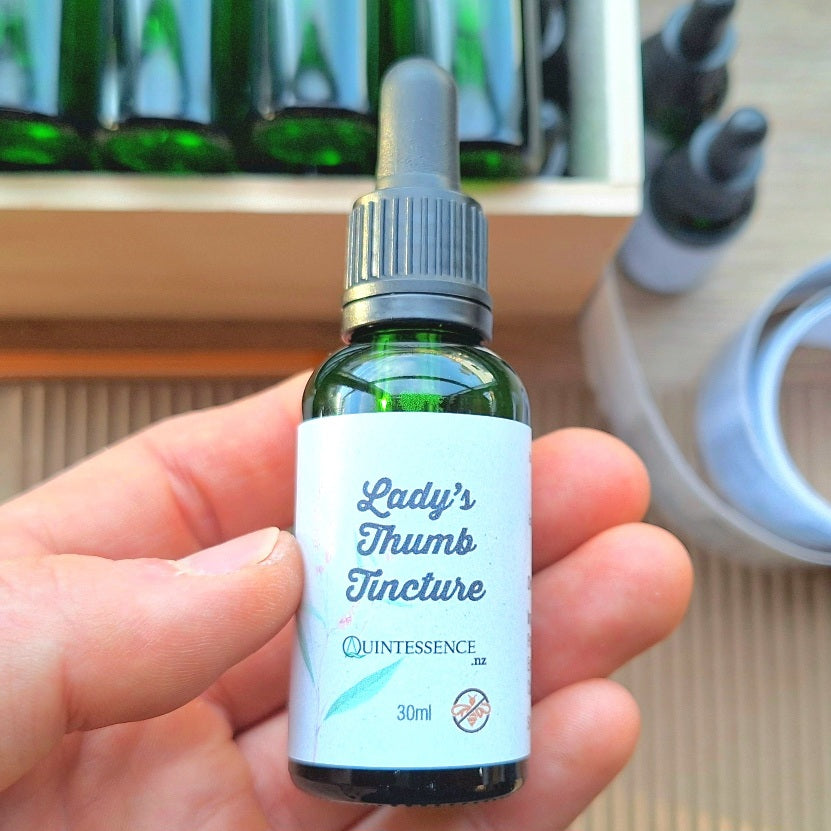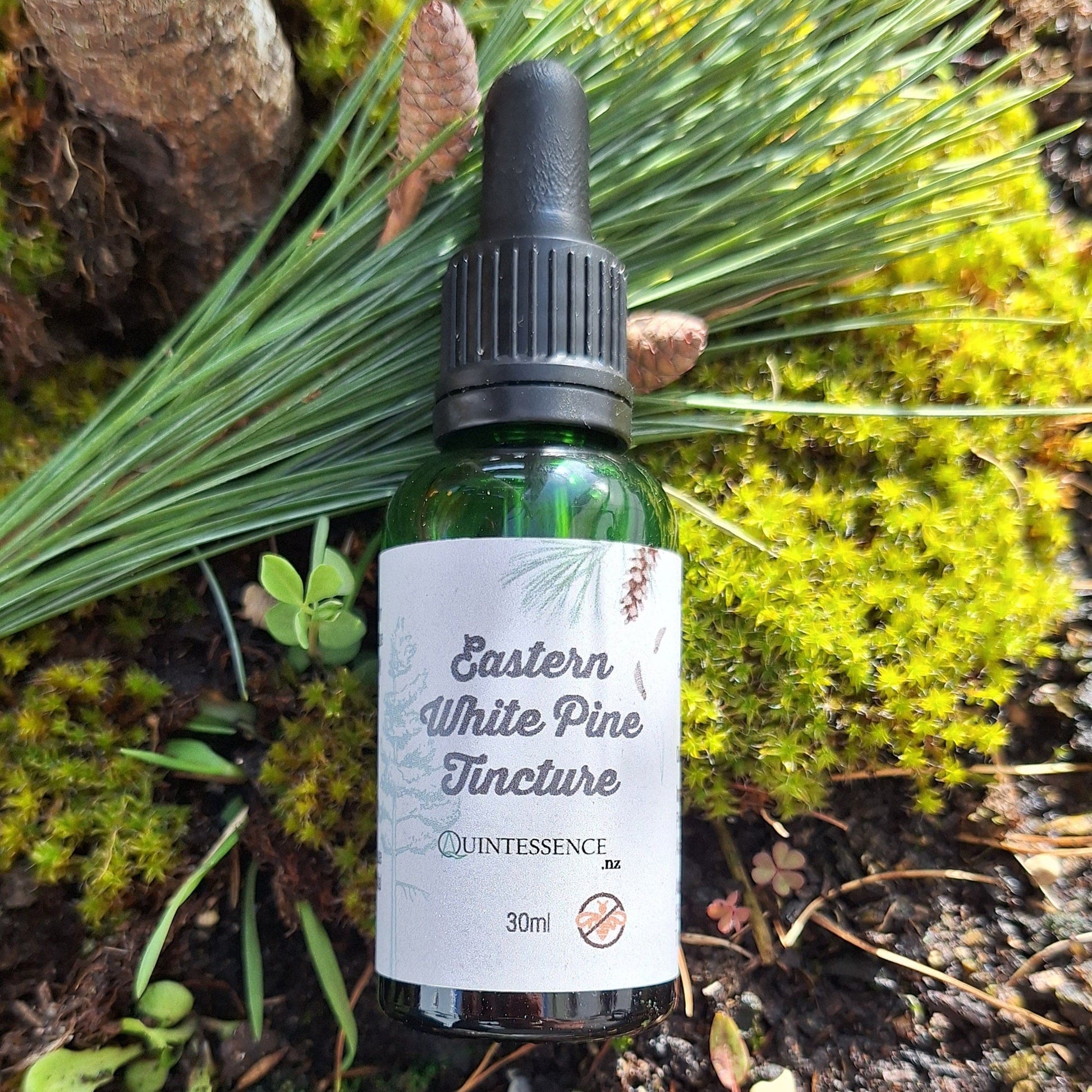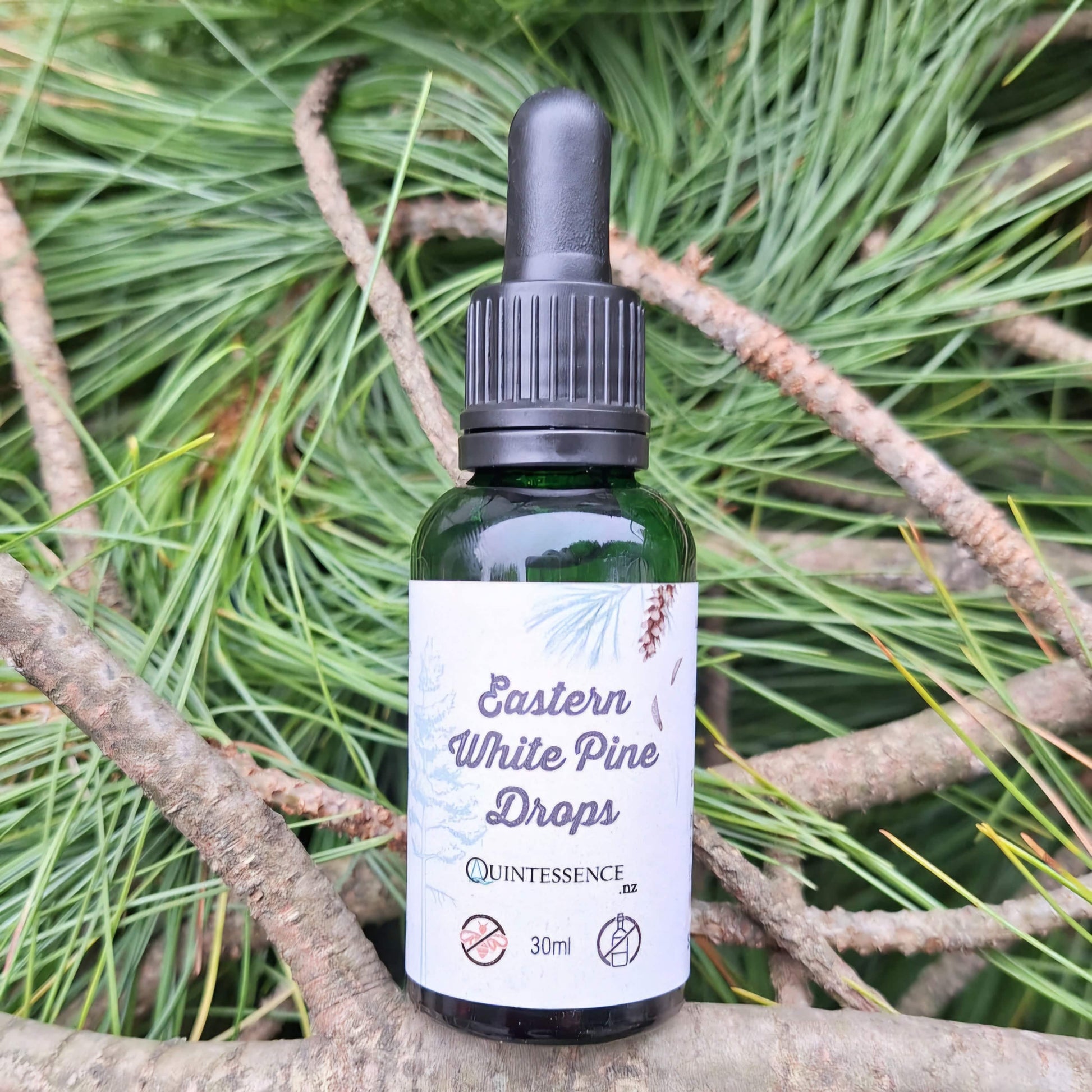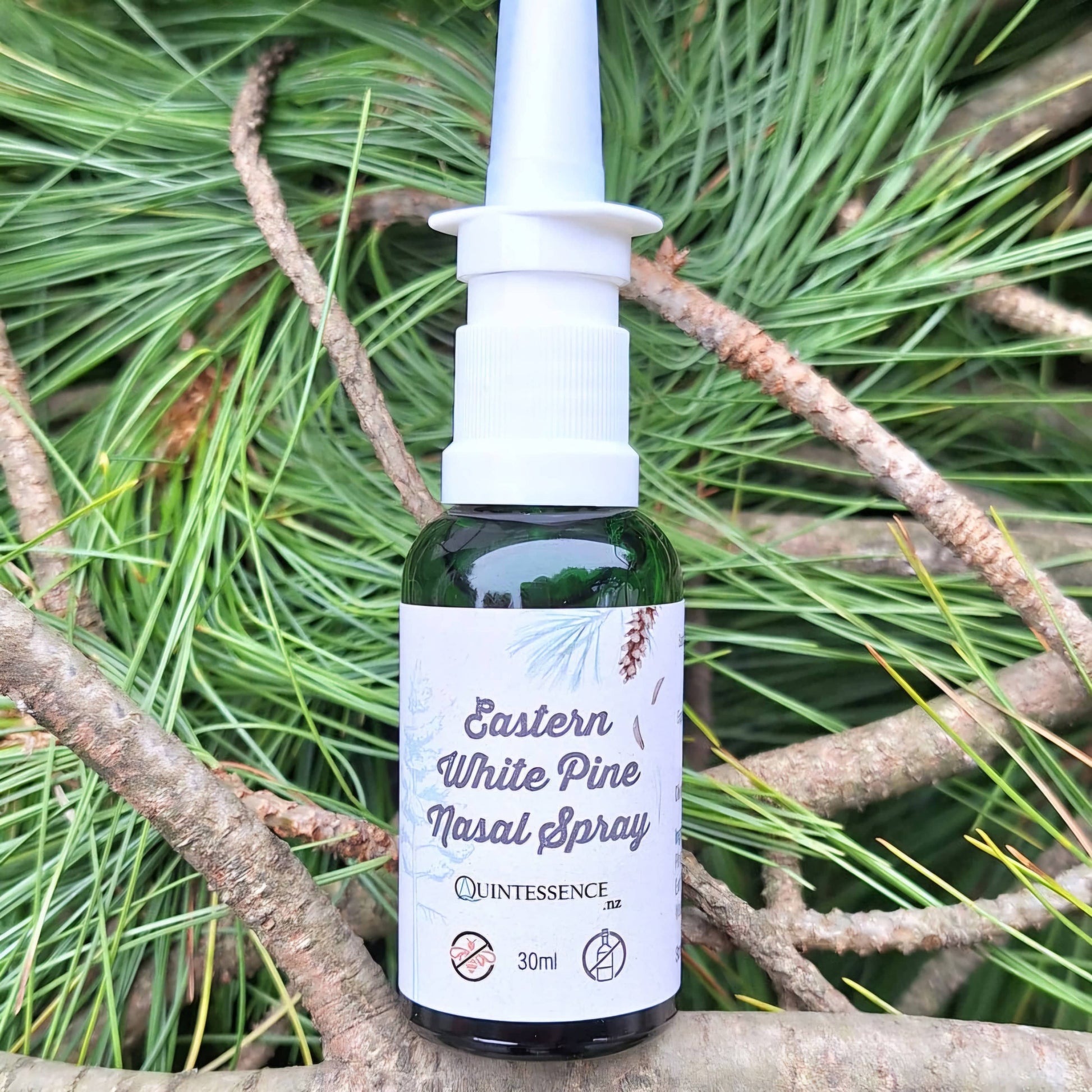
Eastern White Pine Elixir
🩸 Flow 🫀 Steady 🫁 Clear 🧠 Centered 🦠 Cleanse
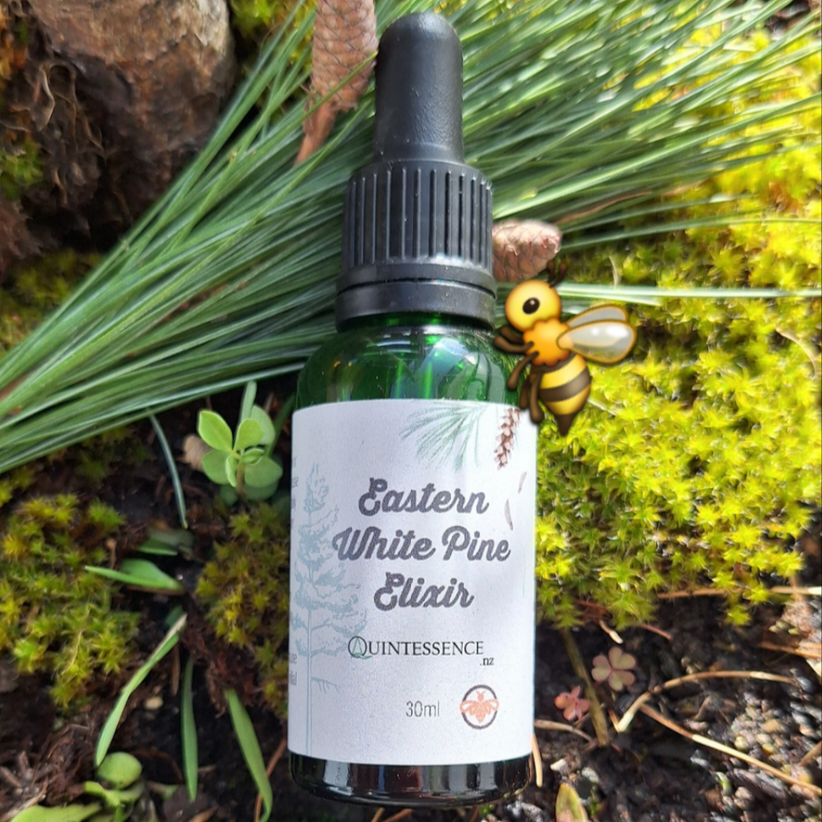
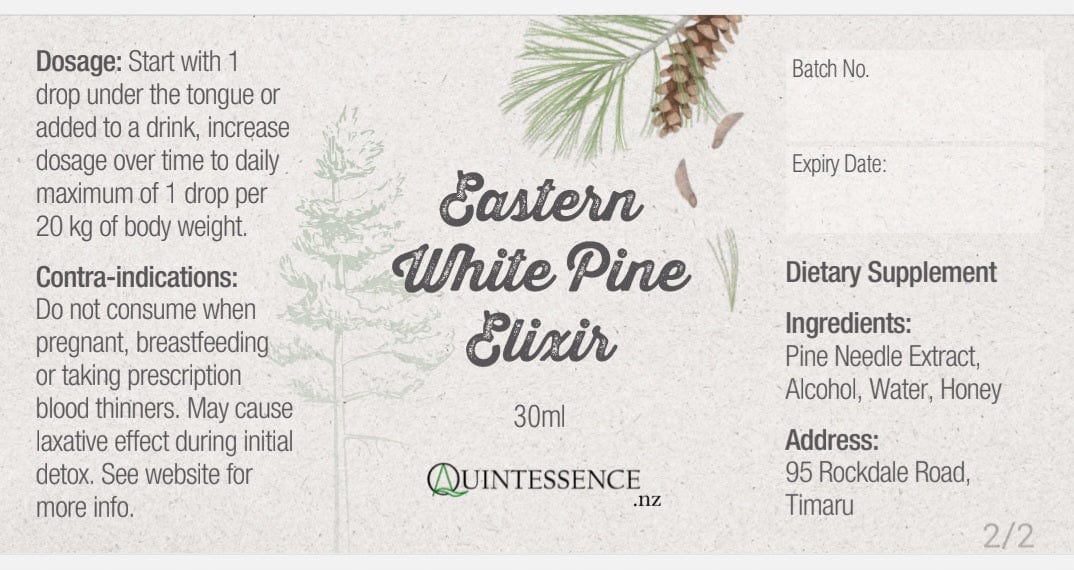

St. John's Wort Tincture
☀️ Purify ☺️ Uplift
Share



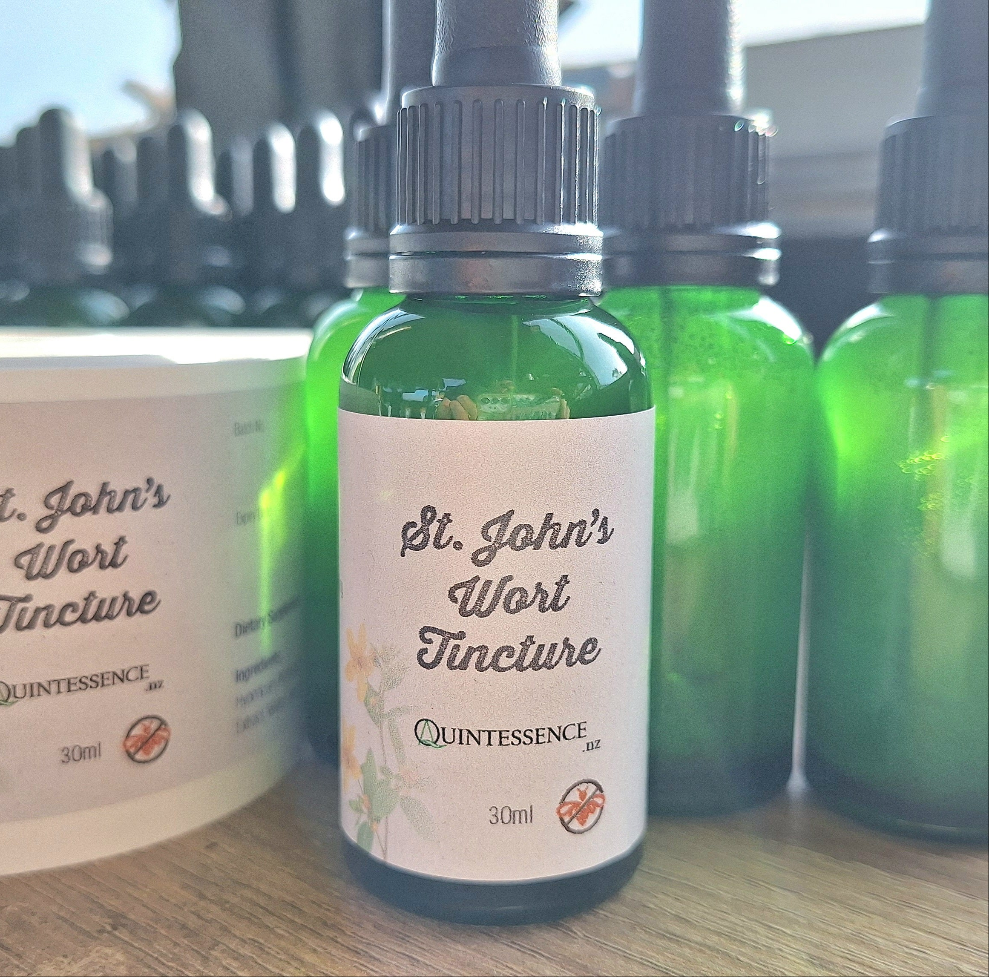
Lady's Thumb Tincture
♀️👩🦱🌿 Woman's Hormonal Support
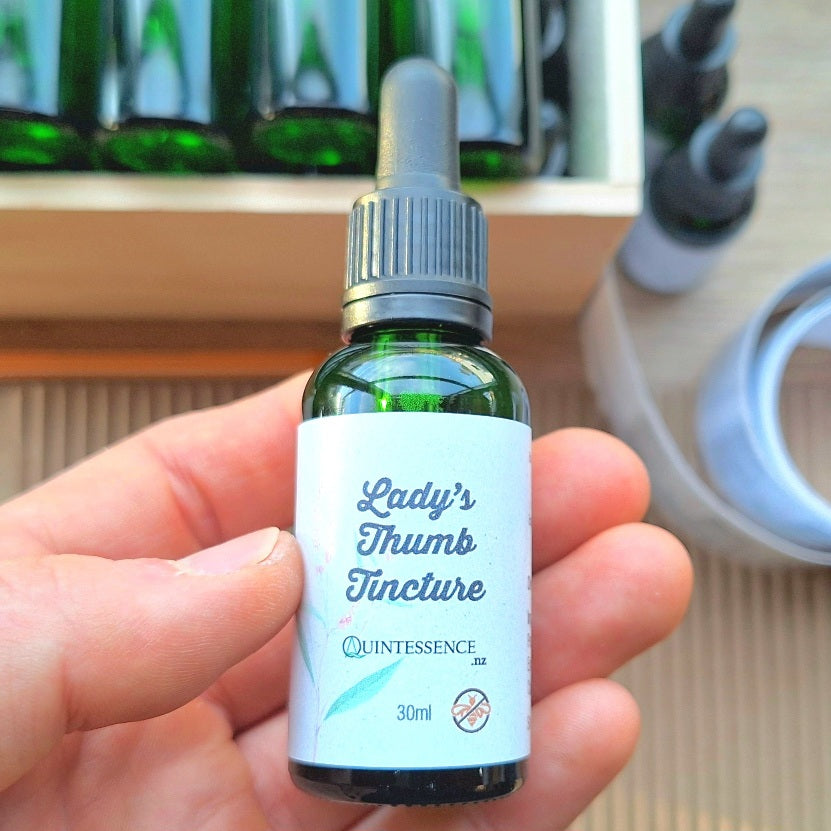
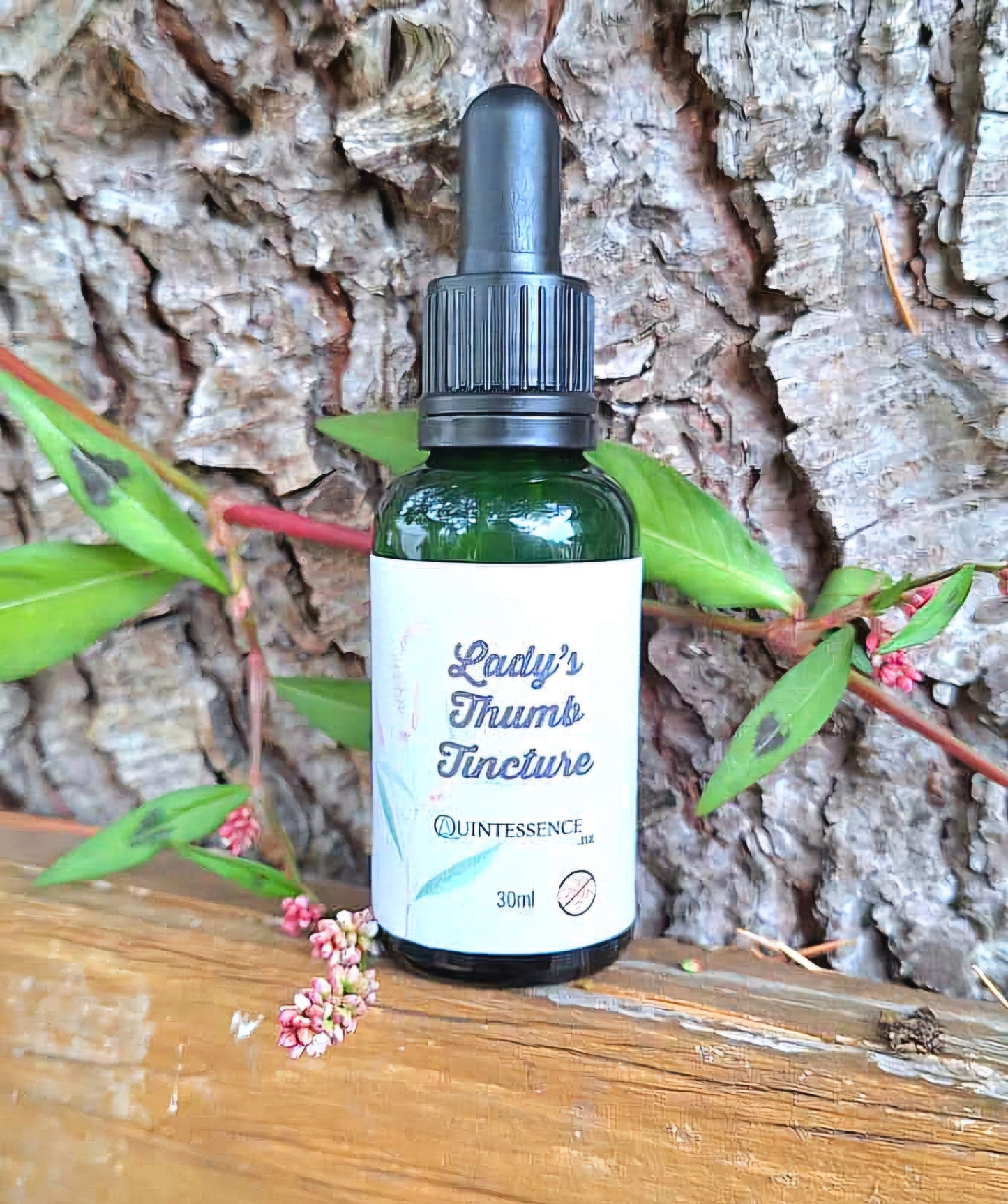
Frankincense Elixir

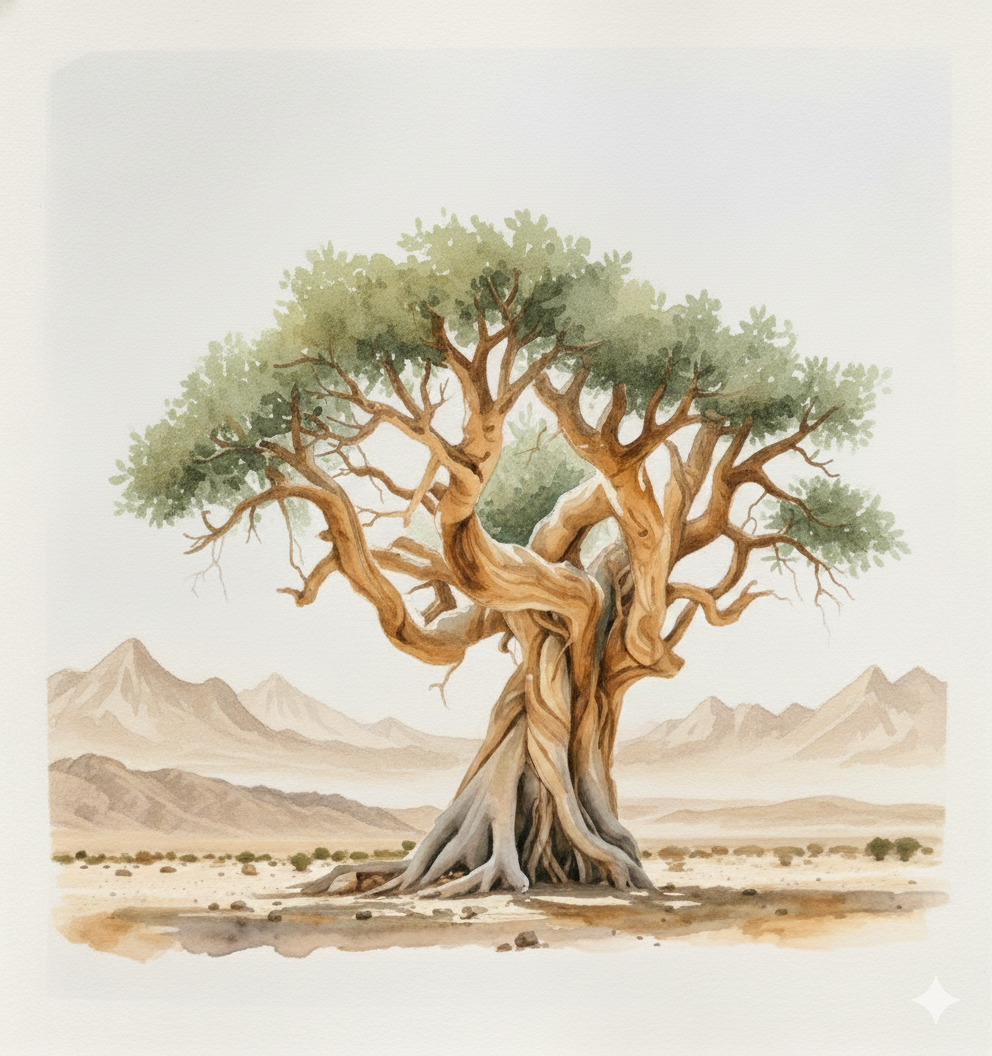
Let customers speak for us
from 129 reviewsHelps my sinuses in spring, im sure it helps my muscles recover after work outs quicker also my immune system has been great all year round carnt speak highly enough of these products 👍
I truely believe in this product and the results it gives you. Simple and effective and well worth taking!
Would recommend (and have) this product to any woman dealing with peri/menopause. 3 drops twice a day - couldn’t be easier, and makes a huge difference!
I suffer terribly from hay fever and a bit of asthma and since taking Eastern White Pine I do not suffer from either at all. Got my son and daughter on it (both suffer from allergies) and they’ve had a huge improvement too. None of us are taking antihistamines anymore.
I had been strugling to shake a mucous cough I had for months. After a few days of taking the drops, it cleared as did the sinus congestion. Amazing product and one I will keep on hand.
I bought this for an elderly friend of mine who has been struggling with her sinuses for over 12 months, she’s booked in for a costly and painful operation. I told her to try this 1st, only one week later she called to say her sinus pains had magically disappeared! She couldn’t believe it and is now going to cancel her operation. Such fantastic stuff.
This nasal spray keeps my sinuses clear & cuts down the amount of pharmaceuticals I take.
I used the spray for a while and then stopped. I started to get blocked nostril at night affecting my being able to sleep. I started to use it again and I am not having this issue any more. It has also helped with my hay fever symptons
I've just put through another order. The first bottle has latest so well and served me in ways I never thought possible. Its like my own personalized rescue remedy. My "its going to be a good day" morning ritual. My anxiety has lifted hugely since starting on this. I was told I'd be on blood thinners for life, following a pulmonary embolism, but decided I didn't want to be. THIS has lessened my shortness of breath, calmed my racing heart and leaves me with a feeling of heightened wellbeing...
I couldn't be more satisfied with a natural product. And you have earned a customer for life.
This product has really enhanced my life. Before I was taking it I got colds a lot and had a bad immune system. Now I take it every day and anything comes my way is much minor and I can recover more quickly. It became very apparent I can’t stop taking it as I ran out for a few weeks in late summer and thought I’d be fine but I wasn’t. Great product
A few drops a day keeps me from catching any bugs floating around. I ran out & I got sick.. ordered another 2 bottles & I feel great. Wonderful potion!
Since taking Eastern White Pine Elixir I have stopped taking the CoQ10 I have taken for many years as I have felt well supported with the Elixir. It is good to have a one-stop product that is easy to use. I put it in the water in my water bottle then I never forget to take it. I also appreciate the reasonable cost - thank you.

I'm Joshua Cowan, the Alchemist behind the Quintessence range of plant extracts. Blending ancient alchemical tradition and modern innovation to share nature's magic with you.
My work is guided by integrity. This means showing respect at every stage, from the harvesting of plant materials to compliance with dietary supplement and food safety regulations.
If you value amazing products that are locally made, dispatched quickly, offered at sharp prices and last for months.. you're in the right place.
Blog posts
View all-

Beyond the Drop: Why I Choose Full Spectrum Spa...
In the world of natural wellbeing, "extract" is a loose term. You can walk into a health food store and see shelves lined with essential oils and standard tinctures, all...
Beyond the Drop: Why I Choose Full Spectrum Spa...
In the world of natural wellbeing, "extract" is a loose term. You can walk into a health food store and see shelves lined with essential oils and standard tinctures, all...
-

Quintessence - Behind the Magic
Welcome to the first part of a novel written over the winter of 2025. Discover the origins of my journey, the first five chapters. A story of grief, alchemy, and...
Quintessence - Behind the Magic
Welcome to the first part of a novel written over the winter of 2025. Discover the origins of my journey, the first five chapters. A story of grief, alchemy, and...
-

A Guide to taking St John's Wort - Quintessence...
The Quintessence Protocol: To achieve the best results from your tinctures, it's important to understand how they work. Eastern White Pine & Lady's Thumb have very different functions to St...
A Guide to taking St John's Wort - Quintessence...
The Quintessence Protocol: To achieve the best results from your tinctures, it's important to understand how they work. Eastern White Pine & Lady's Thumb have very different functions to St...
-

Ultrasonic Tinctures - A revolutionary new way ...
Herbal tinctures have been used for centuries as a way to extract the beneficial properties of plants. Traditional tincture-making methods involve soaking plant material in alcohol or other solvents for...
Ultrasonic Tinctures - A revolutionary new way ...
Herbal tinctures have been used for centuries as a way to extract the beneficial properties of plants. Traditional tincture-making methods involve soaking plant material in alcohol or other solvents for...
Eastern White Pine Tincture
Same as the Elixir but without honey 👎🍯

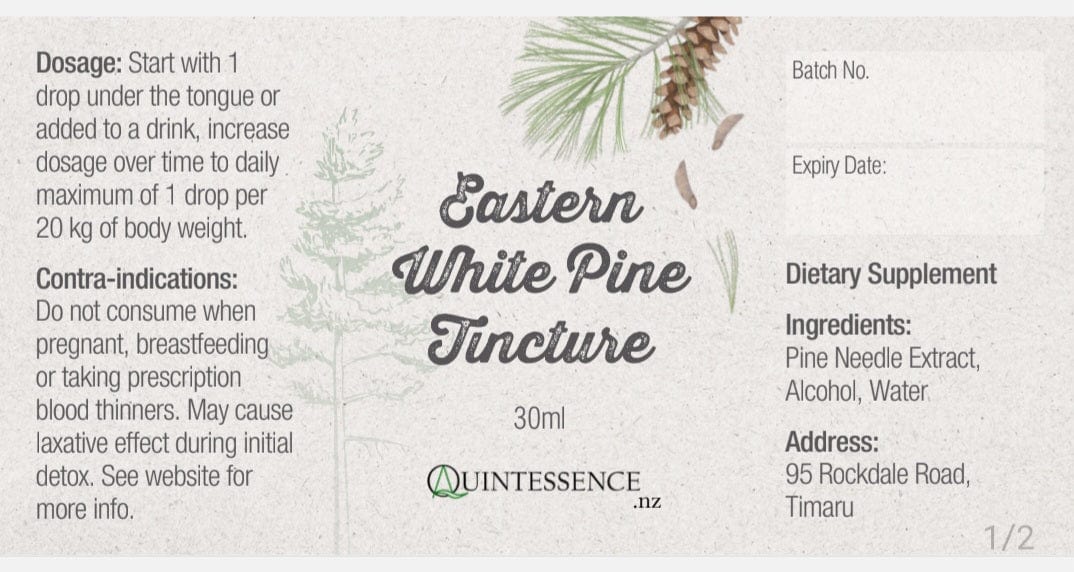
Eastern White Pine Glycerine Drops
🌲💚 An alcohol free version, also suitable for the eyes, ears, skin. Great for kids and animals.
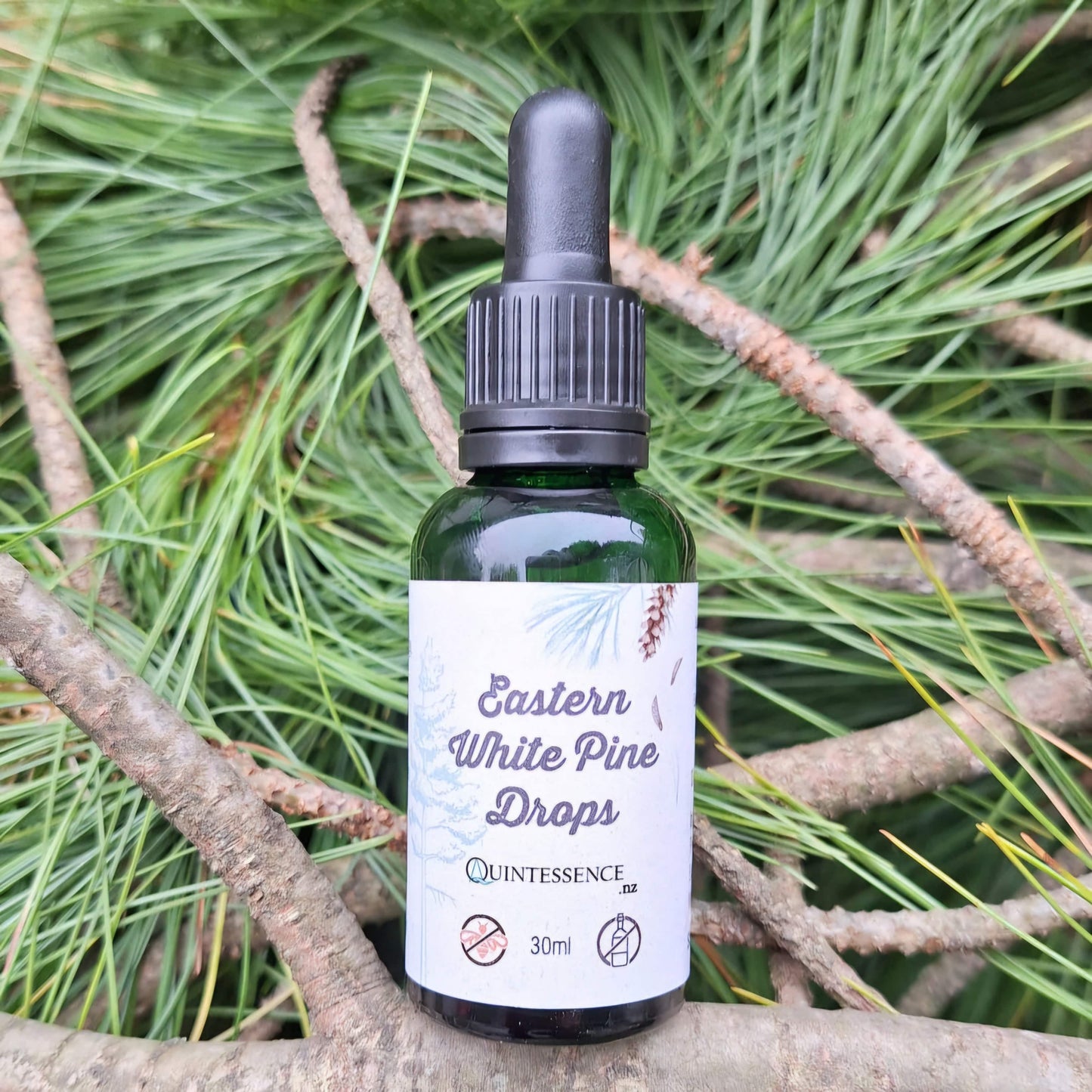
Eastern White Pine Glycerine Nasal Spray
🌲💚 An alcohol free version, suitable for the sinuses.


Quintessence Dietary Supplements Proudly Crafted in New Zealand since 2022 with 3800+ orders promptly shipped.



